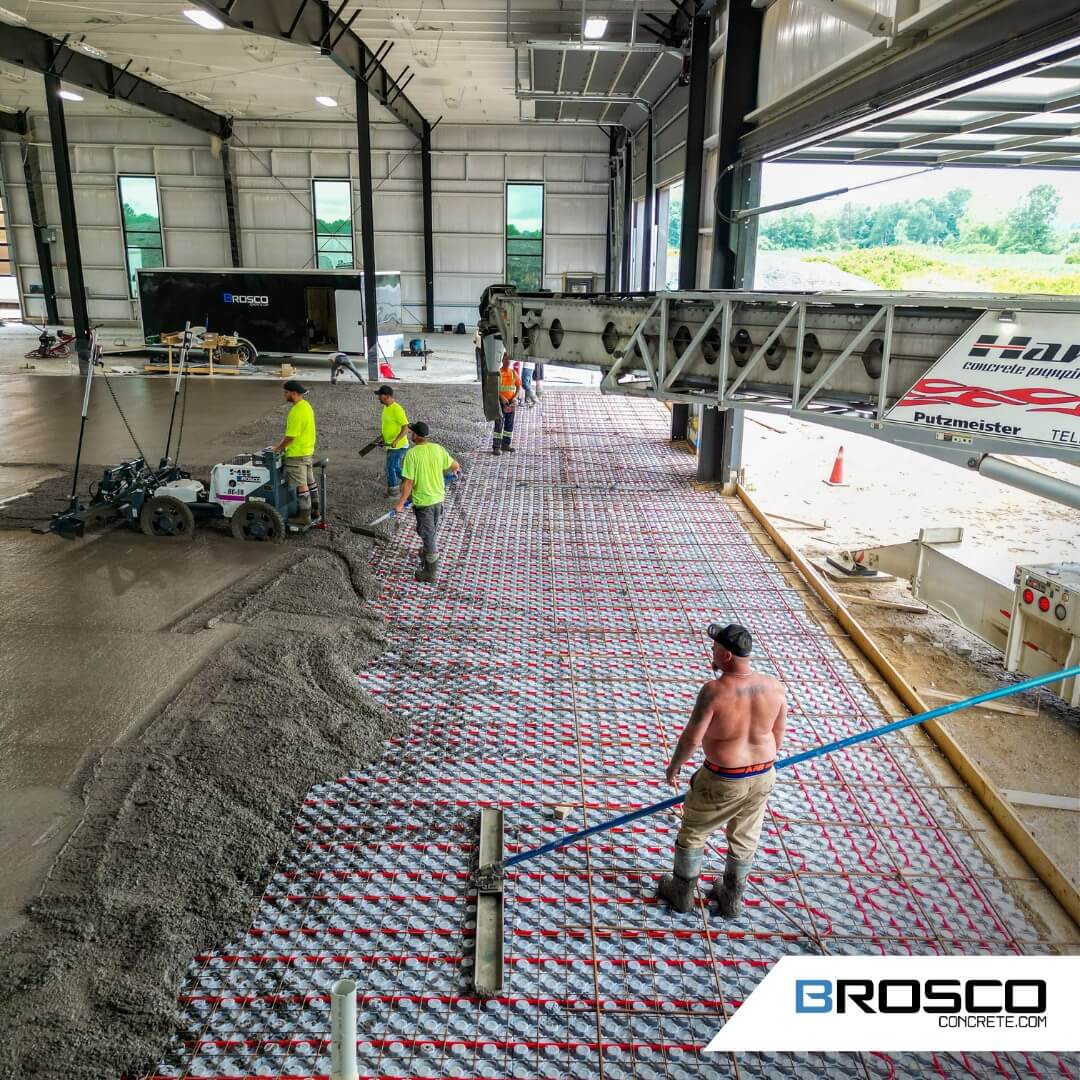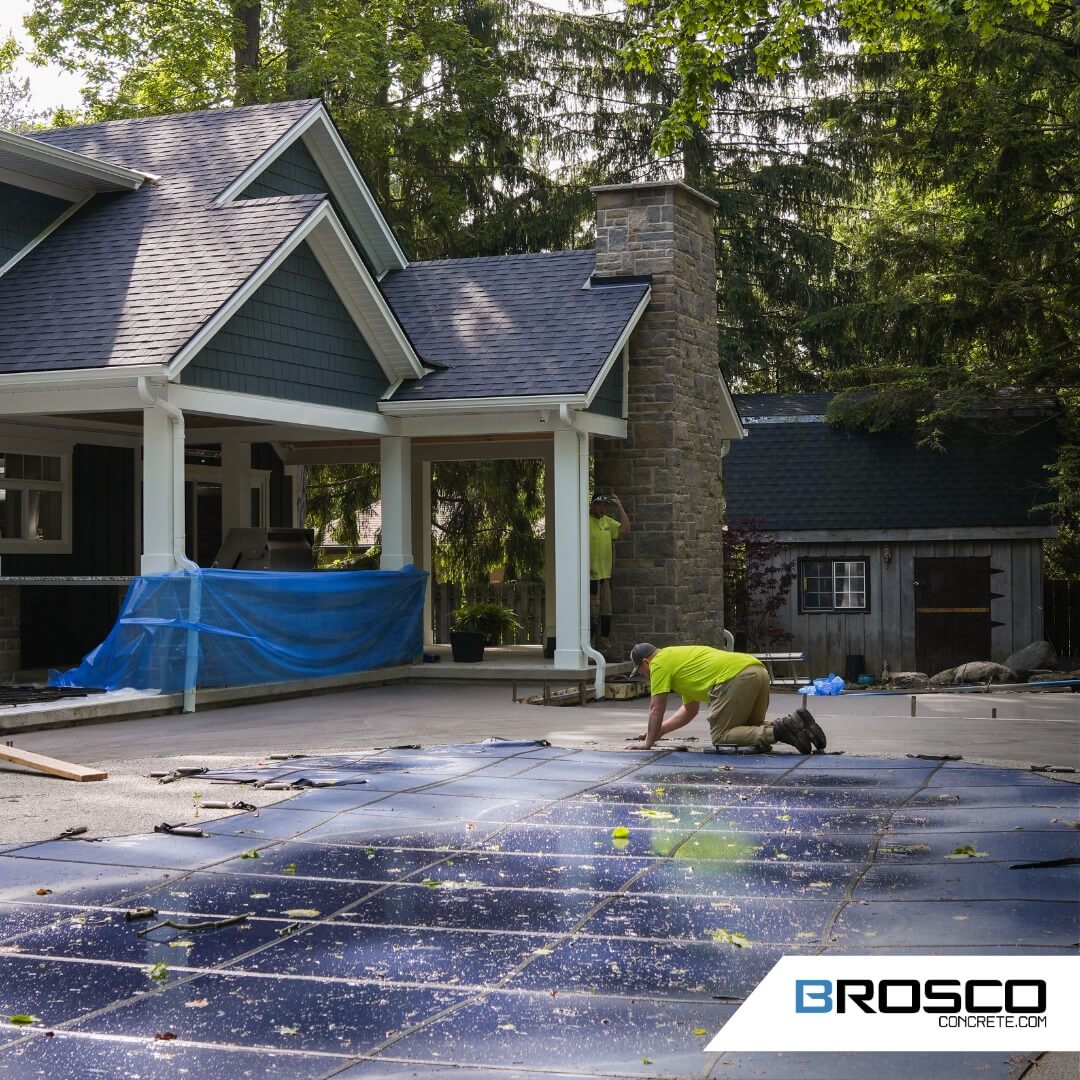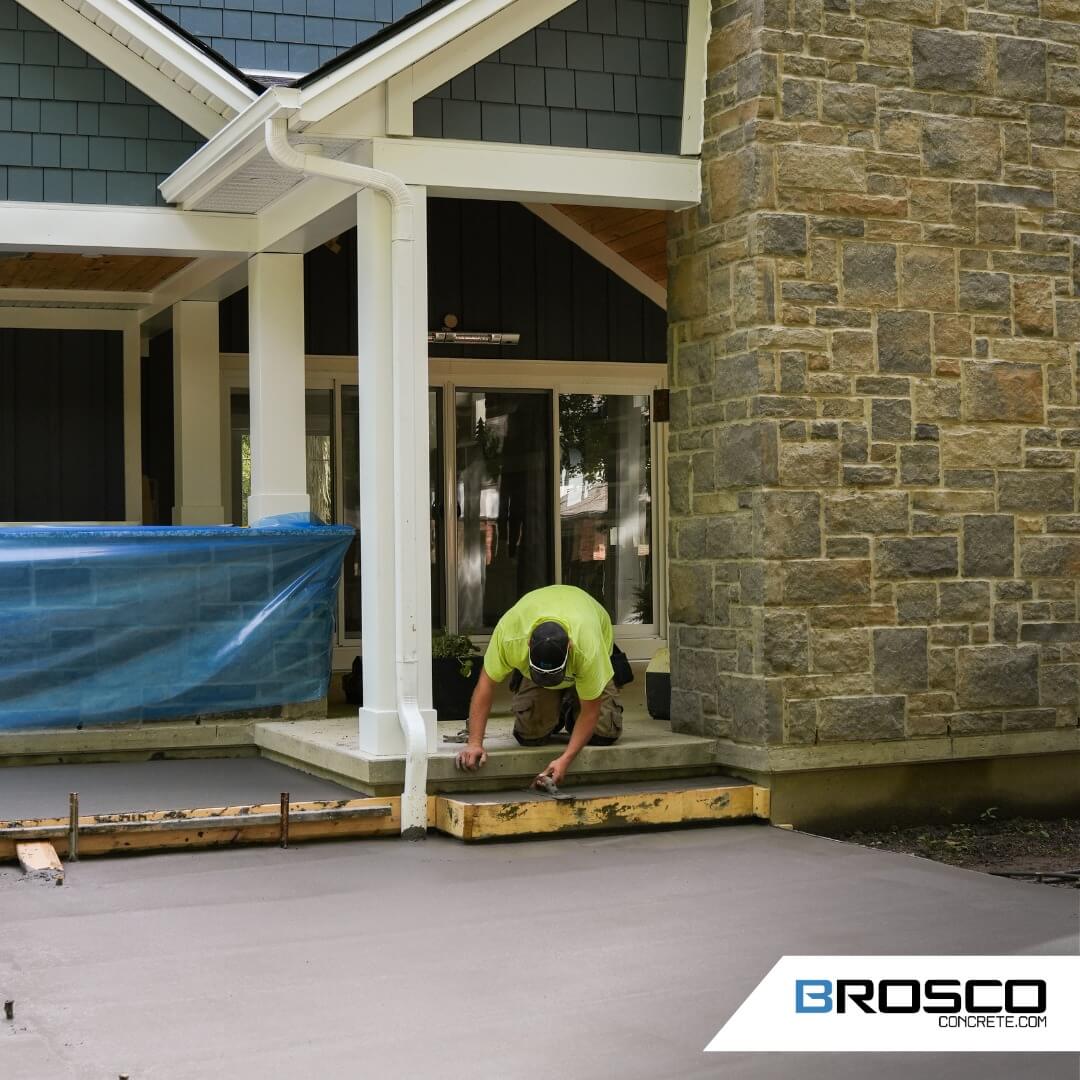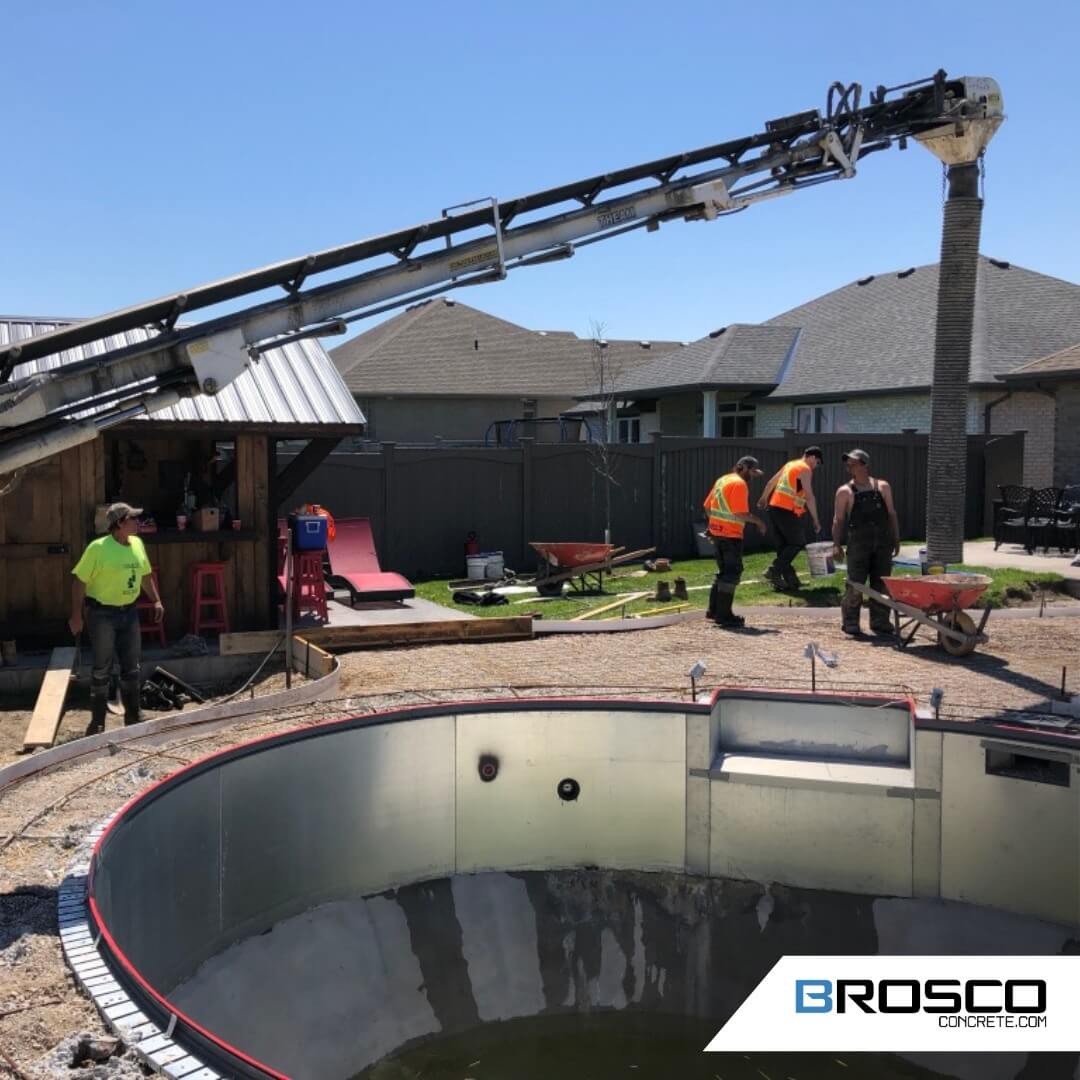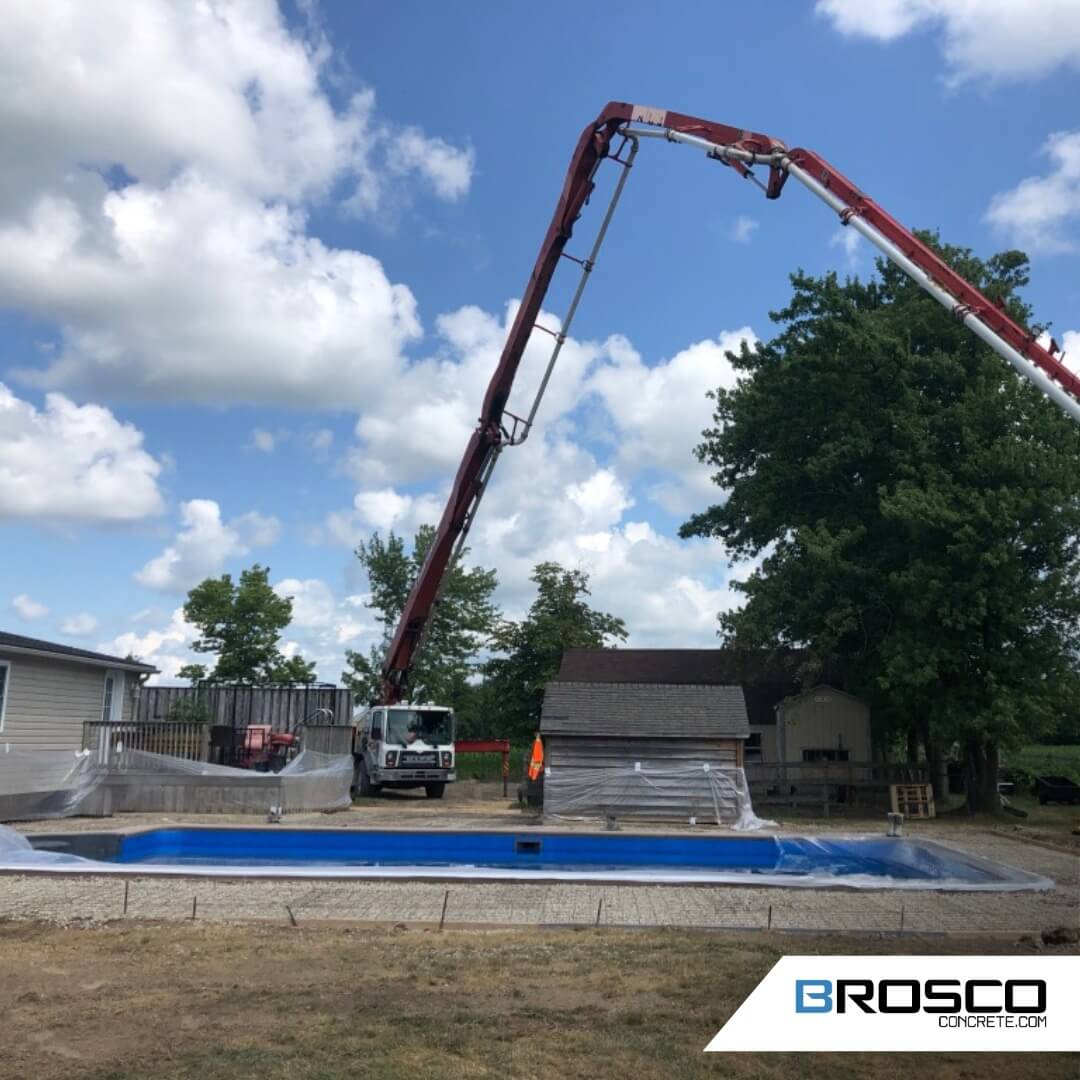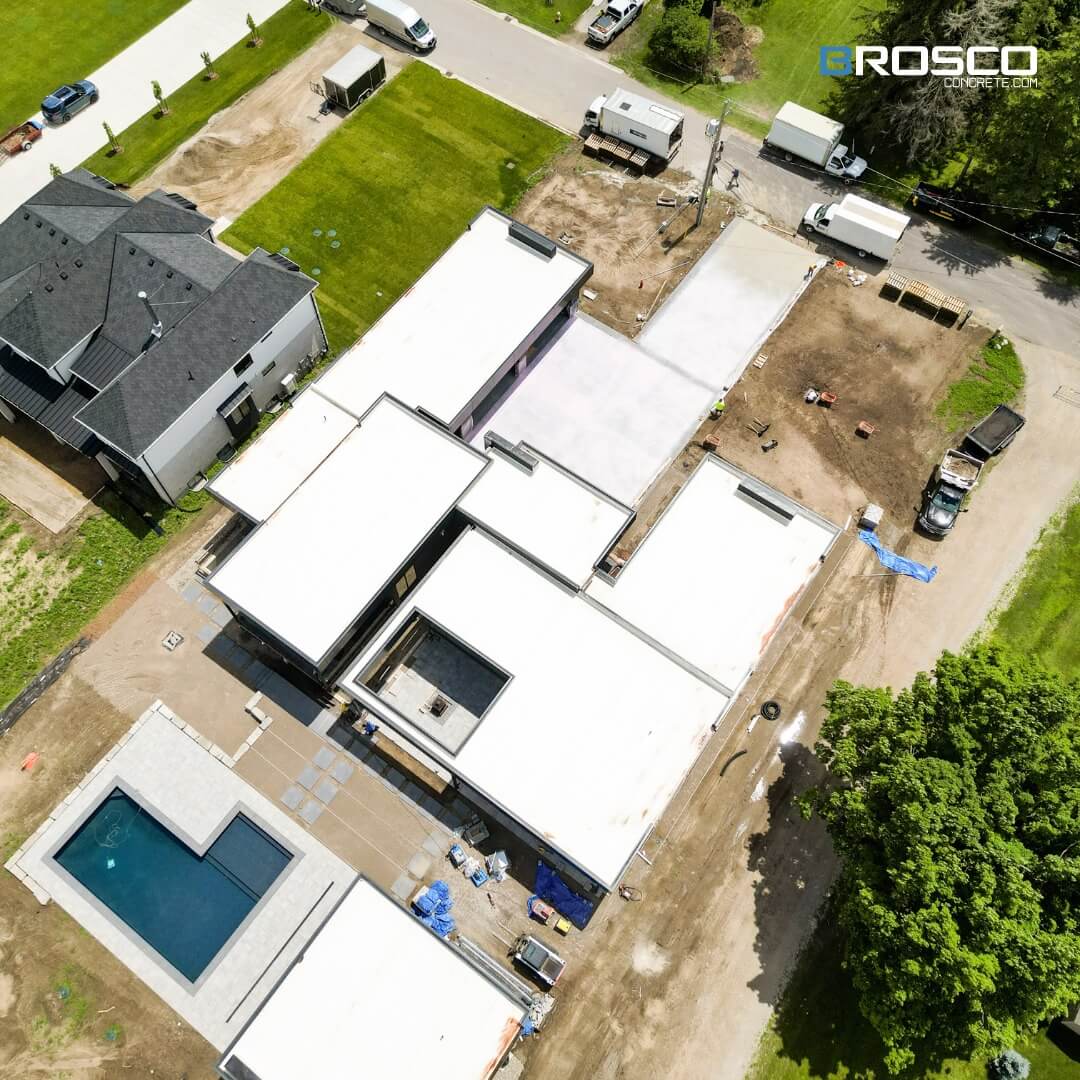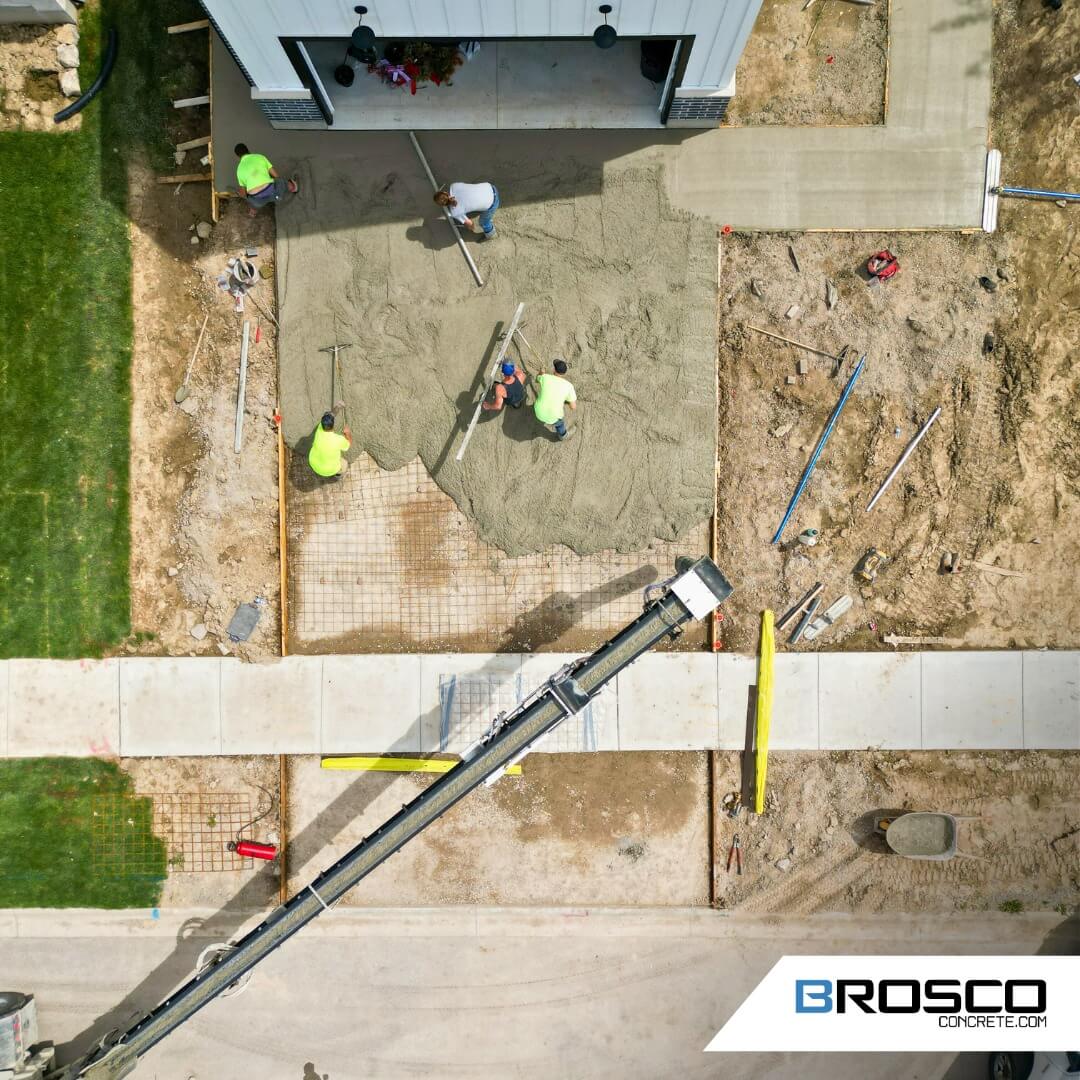
Concrete Facts – Did You Know?
We thought it might be fun to finish out the year by sharing some interesting and random concrete facts.
Which ones did you know before?
Which concrete facts surprised you?
Beyond the versatility of concrete, the materials required to create concrete are widely available. You only need aggregates and water and you can change its appearance in multiple ways. 20 billion tons of concrete are used each year.
To make concrete, you add cement primarily made up of lime, to your choice of aggregates such as sand or gravel, then mix in water. The most common aggregate used in concrete is Portland Cement, developed by Joseph Aspdin in 1824 and patented the material for house building.
Twelve million years ago, concrete formed naturally in Isreal. Ancient Egyptians used a type of concrete to build the pyramids. But the ancient Romans perfected concrete when they built concrete roads and large coliseums. The famous Pantheon in Rome is the largest unreinforced concrete dome structure in the world.
Bases, bunkers, and other military structures were constructed for use during the war. Because of a shortage of steel, even concrete ships were set afloat. Many monumental sculptures made of concrete serve as reminders of this dark time in our history. Perhaps the most interesting use of concrete during the war is “sound mirrors.” These concrete structures held microphones that picked up sound from great distances to detect enemy aircraft.
It is common for concrete to reach between 2,500 and 4,000 psi (pressure per square inch). Even 20,000 psi is possible. This measurement determines how well concrete can withstand loads and if it is suitable for the project it is being used for. This extremely high compression strength is why historical structures are still standing today.
It only takes about four weeks to cure to approximately 90% of the concrete’s final strength. For years after as the concrete absorbs carbon dioxide and calcium hydroxide converts to calcium carbonate, it continues to strengthen.
It cannot be set on fire and doesn’t burn. Nor does it emit toxic fumes when exposed to fire. Concrete does not conduct heat quickly so acts as a fire shield protecting itself and spaces beside it. A concrete building will have limited impact from fire and can be quickly repaired.
Underwater structures use concrete because it won’t weaken the structural integrity of the structure. It is water-resistant design is what makes it ideal for basements, underground parking garages, and the foundations for bridges just to name a few.
Beyond concrete pads, roads, foundations and other structures, concrete furniture and decorative overlays on floors and walls are gaining popularity in home design. With it’s strength and durability, its no wonder.
The concrete pavement road poured in 1909, started at Six Mile ending at Seven Mile. Woodward Avenue would also be one of the first streets with a painted centre line and an eclectic traffic light. The famous street is also known for being the first where a ticket for street racing was issued. But that was before the concrete.
According to Wikipedia, during the construction of the Trump International Hotel thirty concrete trucks made 600 trips pouring 5,000 cubic yards of concrete to create the 200 x 66 x 10 foot base of the building. This occurred within a single 24-hour period. The formula used had never been used in the concrete construction industry before and met the 10,000 psi specification.
So how many of these concrete facts did you know? Were we able to surprise you?
Brosco Concrete specializes in high-quality concrete installations and repairs for both residential and commercial applications. Reach out for more information or to request a quote for your project today.







